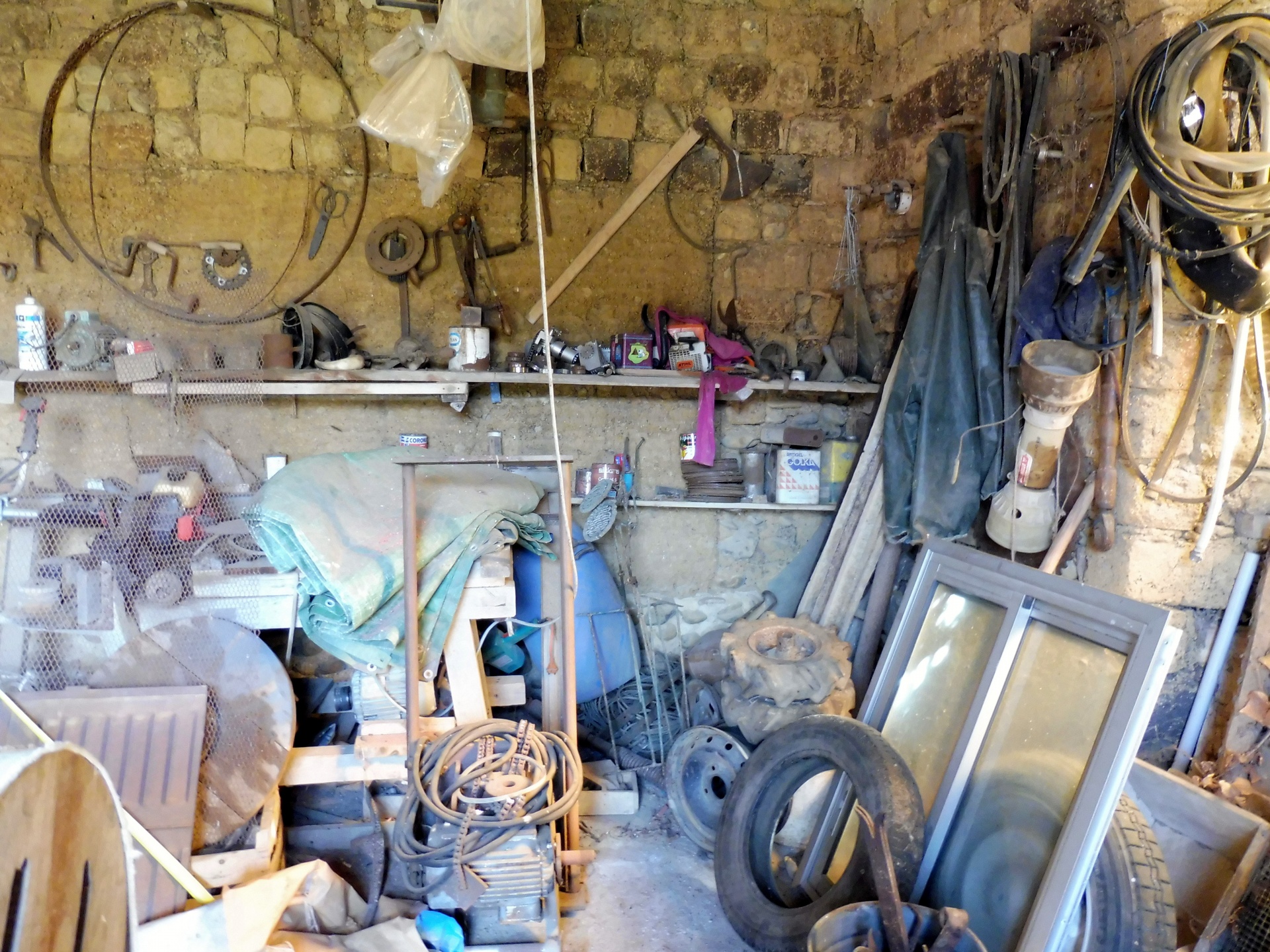Ever wondered how much your window AC is costing you each hour? With rising electricity bills, it’s smart to understand the power consumption of your appliances. Your window AC might be a lifesaver on hot days, but it can also be a significant contributor to your energy costs.
Getting a handle on your AC’s power usage helps you manage your budget and make eco-friendly choices. Let’s dive into what affects your window AC’s power consumption per hour and how you can optimize its efficiency without sacrificing comfort.
Understanding Window AC Power Consumption
Knowing how much energy your window AC uses helps you manage costs. Learning key factors influencing consumption can lead to better efficiency.

Basics of Window Air Conditioner Energy Use
Window AC units use electricity measured in watts. On average, units consume 500-1,500 watts per hour. The Energy Efficiency Ratio (EER) indicates efficiency; a higher EER means lower consumption. For instance, an AC with an EER of 10 using 1,000 watts cools better than one using 1,500 watts with an EER of 5.
Factors Influencing Power Consumption
Unit Size: Larger units use more electricity. A 12,000 BTU unit consumes more power than a 5,000 BTU unit.
Room Size: Cooling a larger room requires more energy. A 200 sq. ft room uses less power than a 500 sq. ft room.
Insulation Quality: Proper insulation reduces energy needed to maintain temperature. Poorly insulated spaces increase consumption.
Temperature Settings: Lower thermostat settings increase power use. Setting it to 75°F consumes less power than 70°F.
Usage Duration: Longer operation times lead to higher consumption. Running AC for 8 hours a day uses less energy than 12 hours.
Maintenance: Regular maintenance ensures efficiency. Dirty filters make the unit work harder, increasing power usage.
External Temperature: Hotter outside temperatures result in higher consumption. Running the AC on a 90°F day uses more power than on a 75°F day.
Understanding these factors helps you optimize your window AC’s energy use. This knowledge enables better decisions for efficiency without sacrificing comfort.
How to Measure Your Window AC’s Power Consumption
Knowing your window AC’s power consumption helps control energy costs. Use specific tools and follow a simple process.
Tools Needed for Measuring Electricity Usage
- Electricity Usage Monitor: Plug-in devices measure energy used by appliances and display results.
- Smart Plugs: Smart plugs track energy consumption and allow remote access via apps.
- Kilowatt-hour Meter: Directly connects to your circuit to measure power usage over time.
- Get the Right Tool: Choose an electricity usage monitor or smart plug.
- Plug In the Device: Insert the monitor or smart plug into the socket.
- Connect Your AC: Plug the window AC into the monitor or smart plug.
- Record the Reading: Let the AC run for an hour, then check consumption on the device’s display.
- Calculate Costs: Multiply the kilowatts used by your local electricity rate for hourly costs.
These steps offer homeowners, including homebuilders and designers, quick insights into their window AC’s power usage.
Ways to Reduce Power Consumption in Window ACs
Optimal Usage Tips
« Discover the Best Hot Glue for Every Craft Project: Top Brands Reviewed and Expert Tips Inside
Use a programmable thermostat to set temperature schedules and reduce unnecessary cooling. Keep windows and doors closed to prevent warm air from entering. Limit the use of heat-generating appliances during peak cooling times. Use window coverings to block direct sunlight and reduce heat gain. Upgrade to a unit with a higher SEER rating for better efficiency.
Maintenance and Care for Efficiency
Clean or replace the air filter regularly to ensure proper airflow. Inspect and clean the condenser coils annually to maintain optimal performance. Check the seal around the unit to prevent air leaks. Ensure the evaporator coil is free of dust and debris. Schedule professional maintenance before the cooling season begins.
Comparing Power Consumption Across Different Models
Window AC power consumption varies by model. Understanding this helps you choose the most efficient unit.
Energy Star Ratings and What They Mean
Energy Star ratings indicate efficient energy use. Look for models with higher ratings to save on electricity. These units consume less power, reducing your energy bill. Always check the Energy Efficiency Ratio (EER) and Seasonal Energy Efficiency Ratio (SEER). Higher ratios mean better efficiency.
Top Efficient Window AC Models on the Market
Certain models excel in energy efficiency. Options like the LG LW8016ER and Frigidaire FFRE0833S1 stand out. These units feature high SEER and EER ratings, meaning lower power consumption per hour. Select a model with a programmable thermostat for extra savings. Reliable brands usually offer higher efficiency and durability.
Conclusion
Understanding the power consumption of your window AC can make a big difference in your energy bills and overall comfort. By considering factors like unit size, room dimensions, and maintenance, you can optimize your AC’s performance. Don’t forget to use tools like electricity monitors to keep track of usage and compare different models based on their efficiency ratings.
Investing in a high-efficiency unit with features like a programmable thermostat can save you money in the long run. Models like the LG LW8016ER and Frigidaire FFRE0833S1 are great choices. Regular professional maintenance ensures your unit runs smoothly throughout the cooling season. By taking these steps, you’ll enjoy a cool home without breaking the bank.










